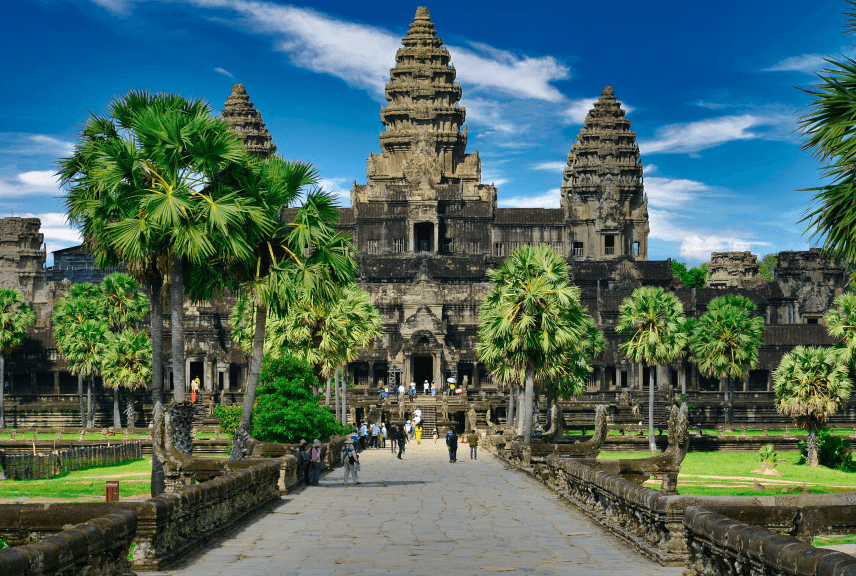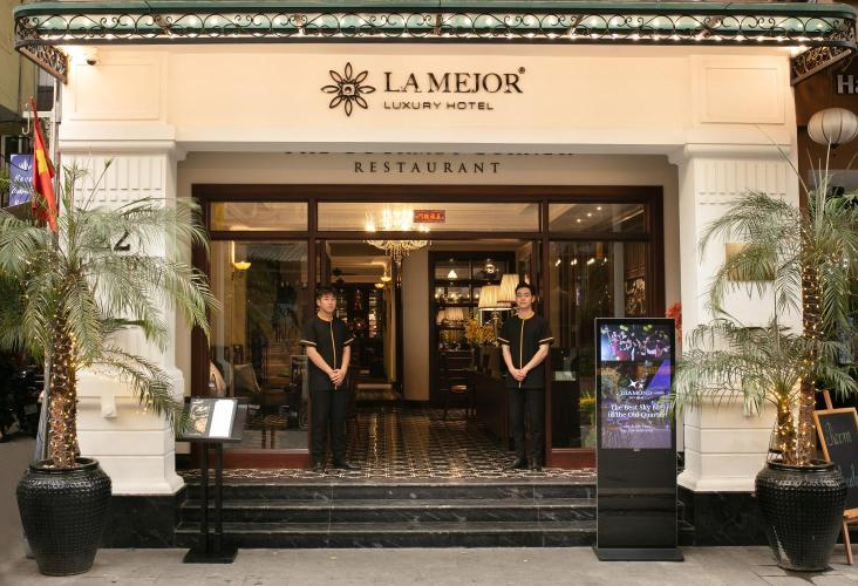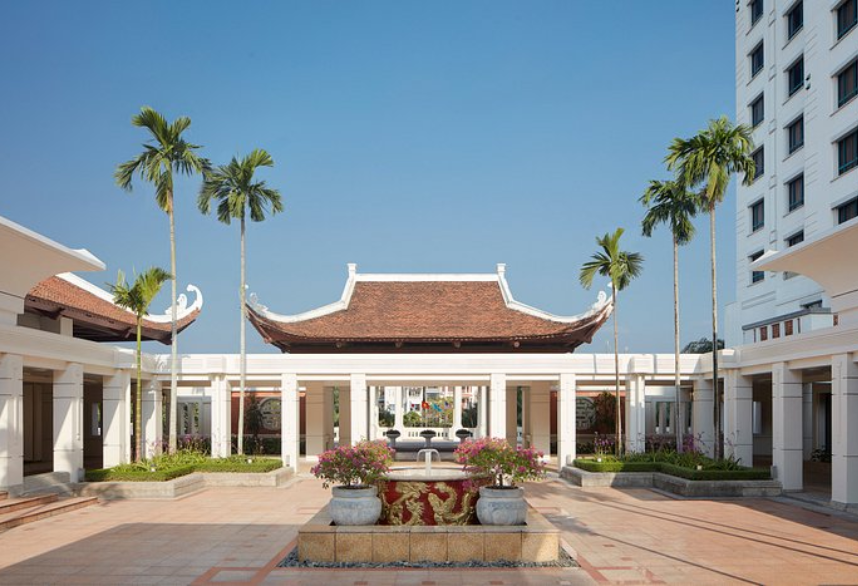Vietnam » Ha Noi Hotels
Hanoi has been inhabited since at least 3000 BC. One of the first known permanent settlements is the Co Loa citadel founded around 200 BC.
Hanoi
Vietnamese name
Vietnamese Hà Ná»™i
Hán-Nôm 河內
Thăng Long, Äông Äô, Äông Quan, Äông Kinh
In 1010, Ly Thai To, the first ruler of the Lý Dynasty, moved the capital of Äại Việt to the site of the Äại La Citadel. Claiming to have seen a dragon ascending the Red River, he renamed the site Thăng Long (昇é¾, “Soaring Dragon”) – a name still used poetically to this day. Thăng Long remained the capital of Äại Việt until 1397, when it was moved to Thanh Hóa, then known as Tây Äô (西都), the “Western Capital”. Thăng Long then became Äông Äô (æ±éƒ½), the “Eastern Capital.”
In 1408, the Chinese Ming Dynasty attacked and occupied Vietnam, changing Äông Äô’s name to “Eastern Gateway” (Chinese: æ±é—œ, DÅngguÄn), Äông Quan in Vietnamese. In 1428, the Vietnamese overthrew the Chinese under the leadership of Lê Lợi, who later founded the Lê Dynasty and renamed Äông Quan Äông Kinh (æ±äº¬, “Eastern Capital”) or Tonkin. Right after the end of the Tây SÆ¡n Dynasty, it was named Bắc Thành (北城, “Northern Citadel”).
During Nguyá»…n Dynasty and French colonial
In 1802, when the Nguyá»…n Dynasty was established and moved the capital to Huế, the old name Thăng Long was modified to become Thăng Long (昇隆, “Ascending & Flourishing”). In 1831, the Nguyá»…n emperor Minh Mạng renamed it Hà Ná»™i (河内, “Between Rivers” or “River Interior”). Hanoi was occupied by the French in 1873 and passed to them ten years later. As Hanoï, it became the capital of French Indochina after 1887.
During two wars
The city was occupied by the Japanese in 1940 and liberated in 1945, when it briefly became the seat of the Viet Minh government after Ho Chi Minh proclaimed the independence of Vietnam. However, the French returned and reoccupied the city in 1946. After nine years of fighting between the French and Viet Minh forces, Hanoi became the capital of an independent North Vietnam in 1954.
During the Vietnam War, Hanoi’s transportation facilities were disrupted by the bombing of bridges and railways. These were all, however, promptly repaired. Following the end of the war, Hanoi became the capital of a reunified Vietnam when North and South Vietnam were reunited on July 2, 1976.
Modern Hanoi
On May 29, 2008, it was decided that Ha Tay Province, VÄ©nh Phúc’s Mê Linh district and 4 communes of LÆ°Æ¡ng SÆ¡n District, Hoa Binh be merged into the metropolitan area of Hanoi from August 1, 2008.[4] Hanoi’s total area then increased to 334,470 hectares in 29 subdivisions[5] with the new population being 6,232,940.,[5] effectively tripling its size. The Hanoi Capital Region (Vùng Thủ Ä‘ô Hà Ná»™i), a metropolitan area covering Hanoi and 6 surrounding provinces under its administration, will have an area of 13,436 square kilometers with a population of 15 million by 2020













